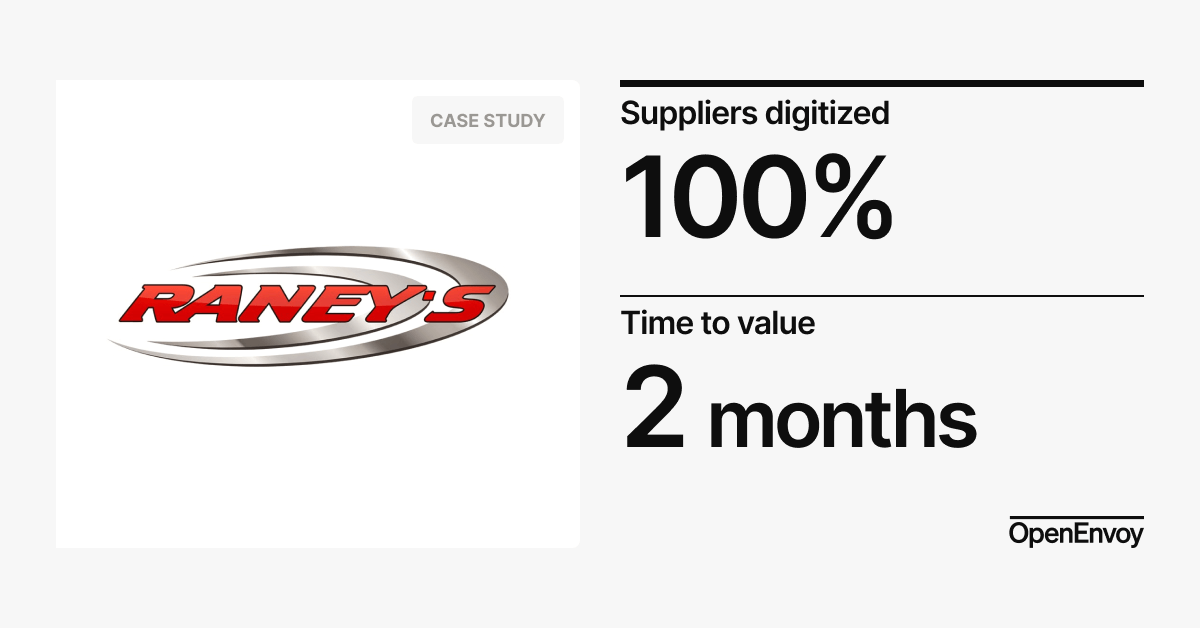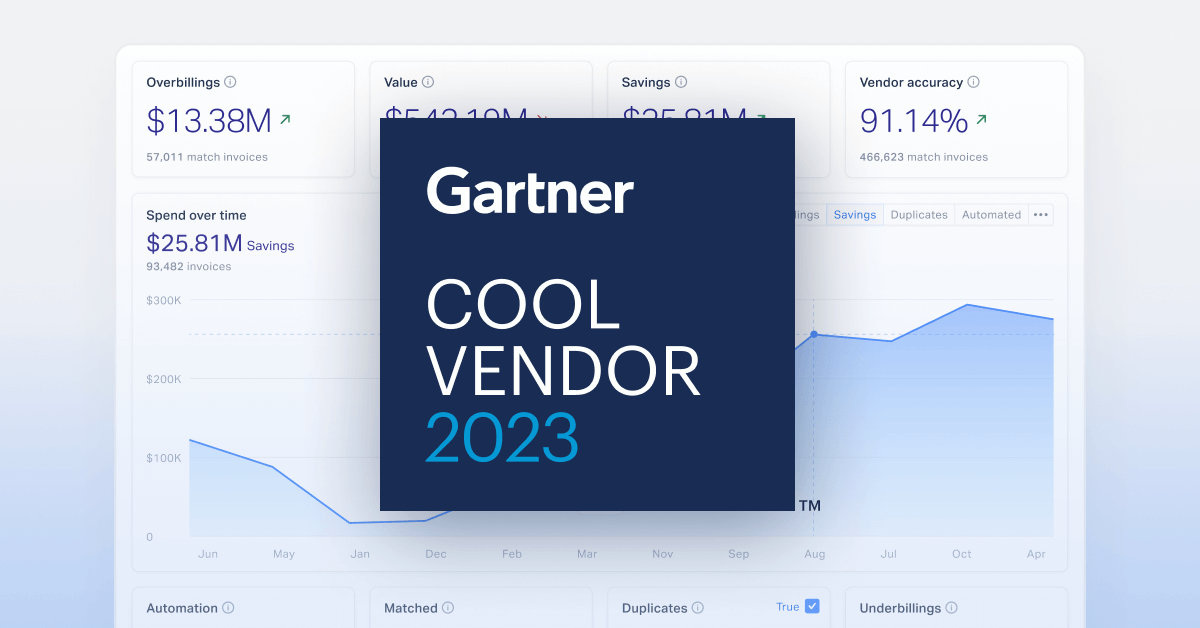< Back to E-Invoicing Overview
Estonia has long been recognized for its digital-first approach to governance, and its e-invoicing regulations reflect this commitment to efficiency and transparency. The country has mandated e-invoicing for all public sector transactions, ensuring compliance with EU standards while creating a seamless financial ecosystem.
As part of its broader digital strategy, Estonia has introduced an integrated e-invoicing system that allows businesses to submit and process invoices electronically. While B2B e-invoicing remains voluntary, its adoption is steadily increasing due to the benefits of automation, cost reduction, and improved VAT compliance.
Regulatory authority
The Estonian Centre of Registers and Information Systems (RIK) is responsible for overseeing e-invoicing compliance.
E-invoicing requirements
Since July 1, 2019, all public sector suppliers must issue electronic invoices when transacting with government entities. e-invoicing in B2B transactions is not mandatory but widely used.
Accepted invoice formats
Invoices must be issued in UBL XML or Peppol BIS format.
Transmission channels
Invoices must be submitted through RIK’s e-invoicing platform or Peppol for cross-border transactions.
Digital signatures
Digital signatures are not required but can be used to ensure invoice integrity.
Archiving requirements
Invoices must be stored for seven years, ensuring compliance with Estonian tax regulations.
How B2B e-invoicing works in Estonia
Businesses generate invoices in UBL XML or Peppol BIS format and transmit them via Peppol-certified networks.
How B2G e-invoicing works in Estonia
Invoices must be issued via the RIK e-invoicing platform, validated by public entities, and archived for seven years.


